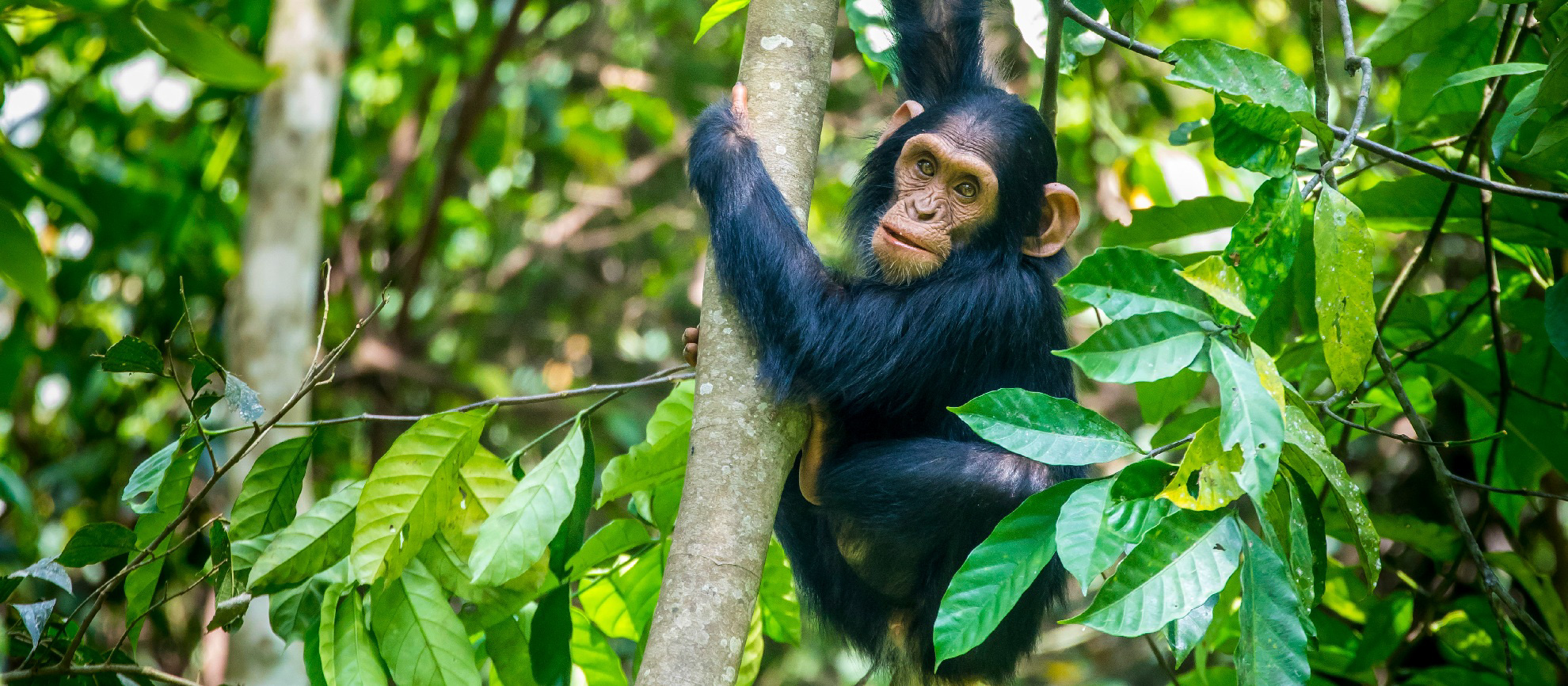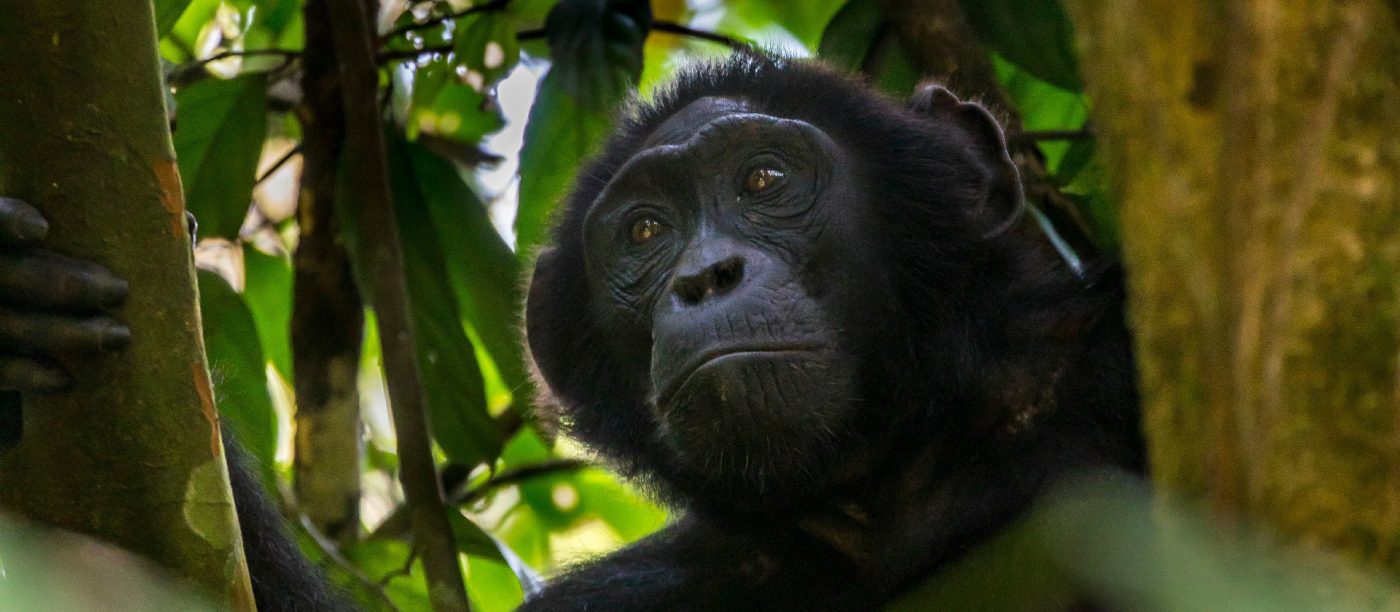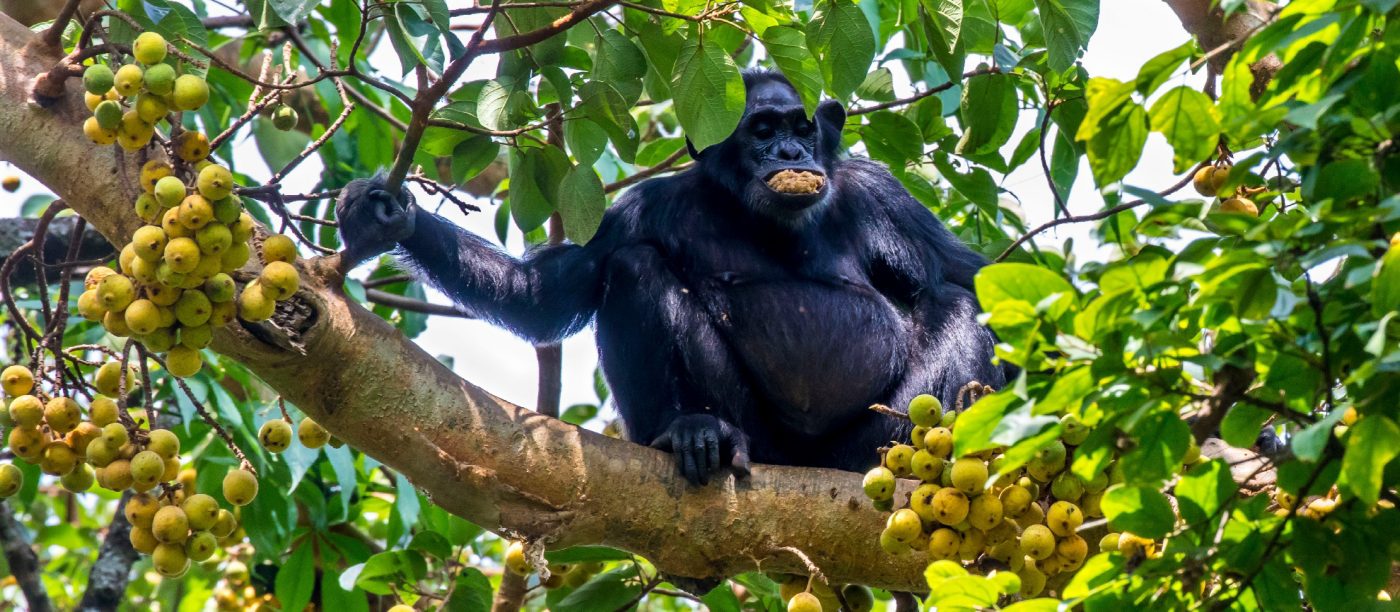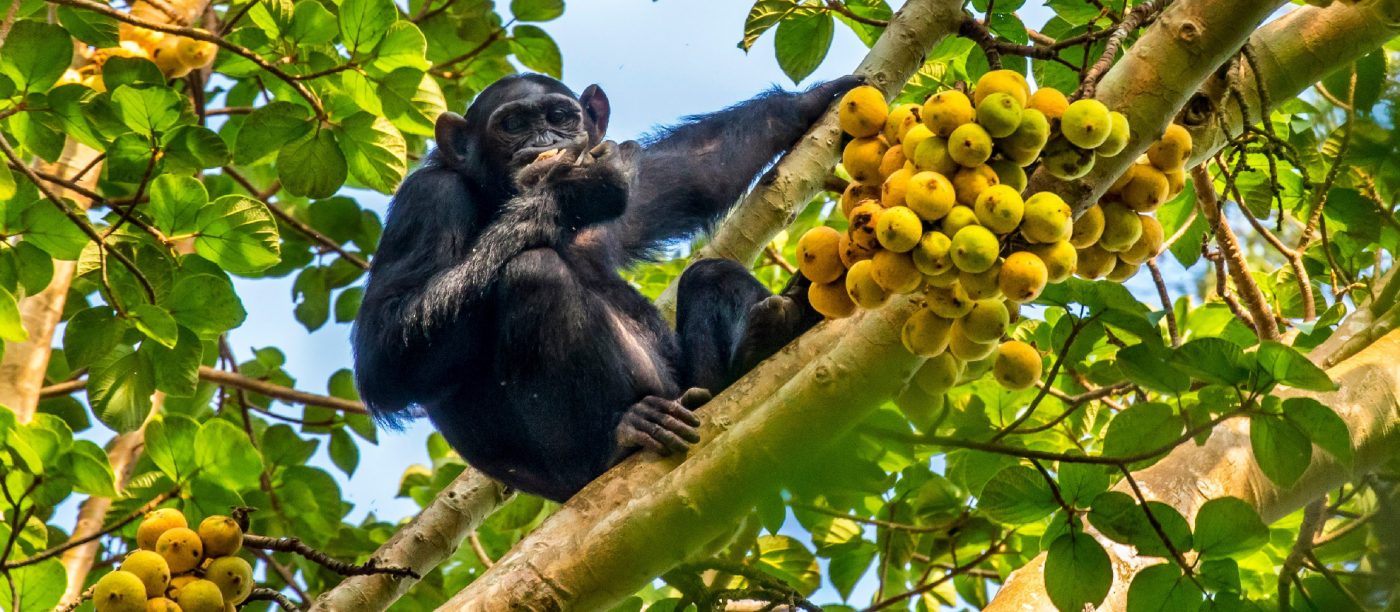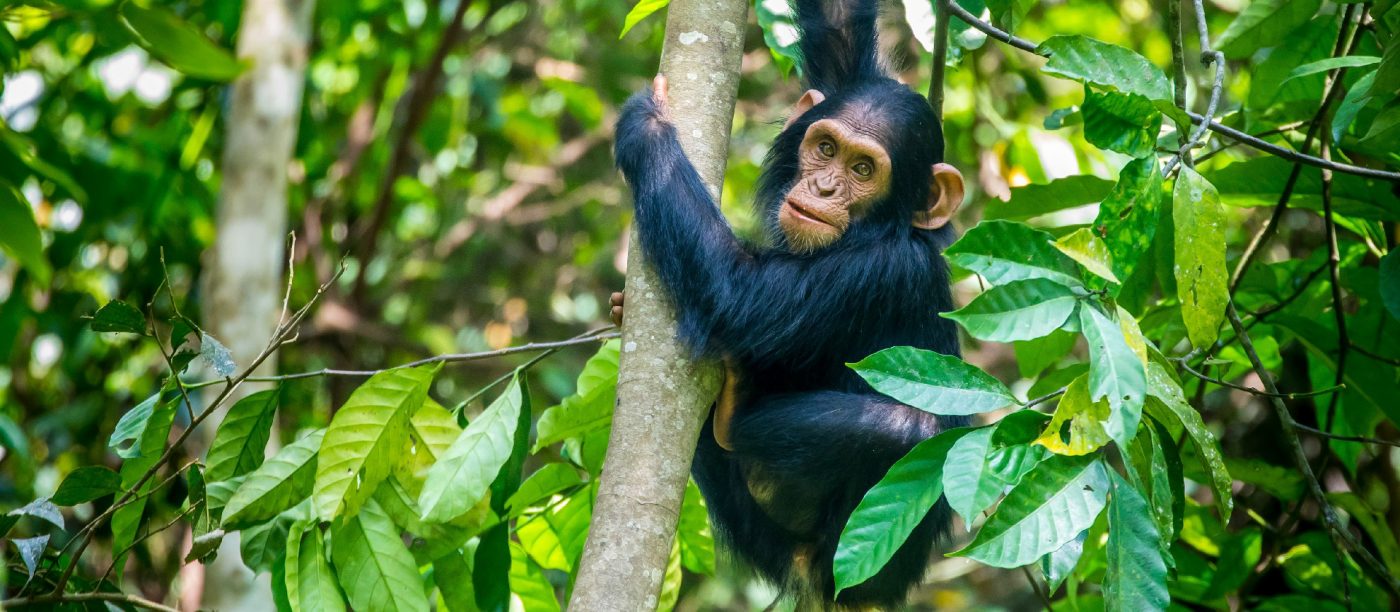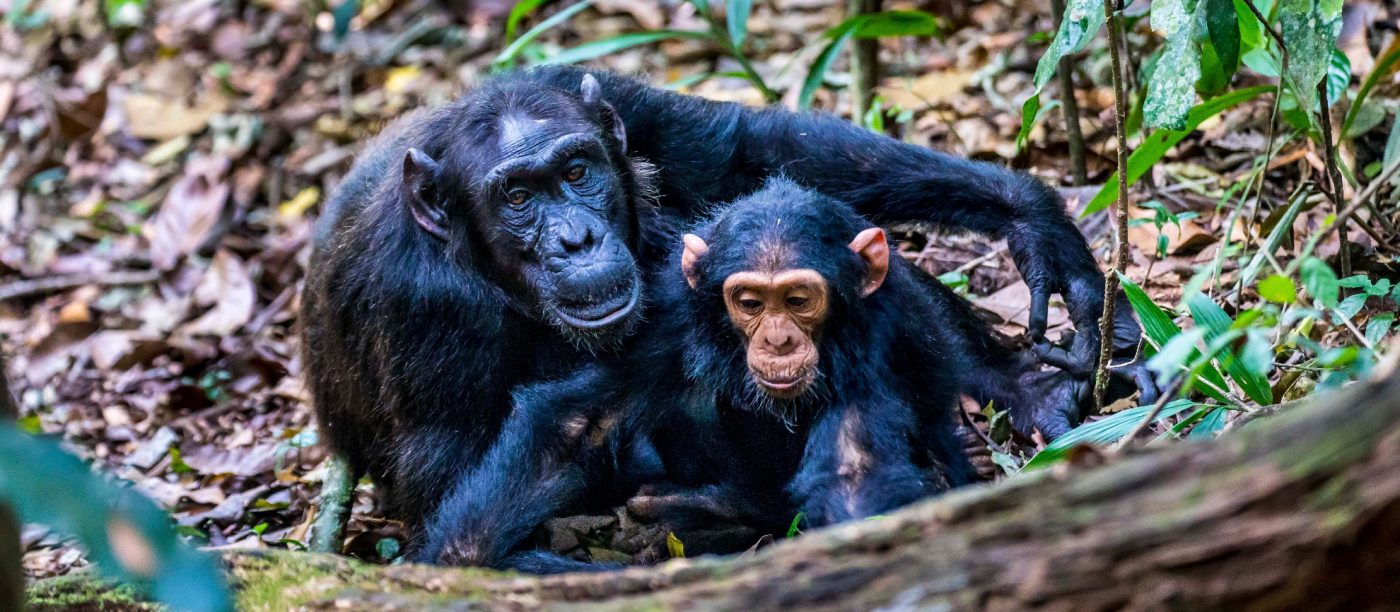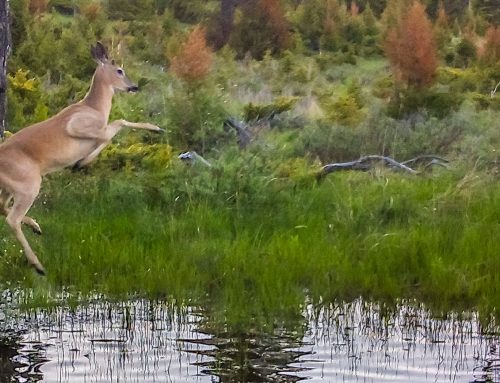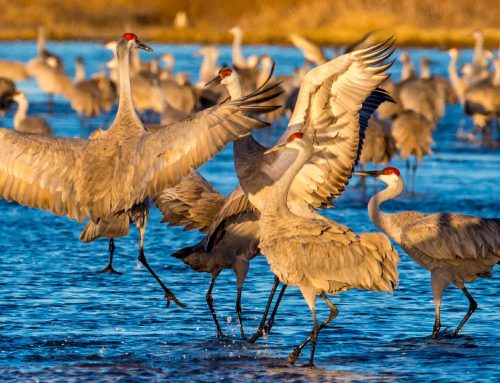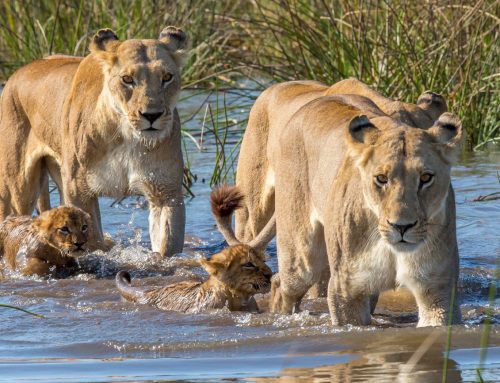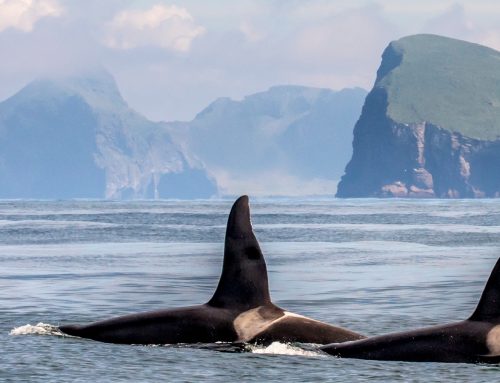Chimpanzees of Budongo
Wildlife eyes and facial expressions are so important to communicating unique behavior and creating a delightful image capture. It is the first thing I zoom in to see if the focus is sharp during photography. During editing my choice photos will undoubtably be those where the eyes show expression either in my direction or with another critter in the frame. To me this breathes life into the photo and creates a connection with me.
In Uganda I worked as a volunteer in the extraordinary Budongo Forest Reserve researching threats to Chimpanzees. This was my first time being up close to these wild primates and I was captivated by the gazes I caught during their food gathering and resting. Their large eyes made me think deeply about what they must have been contemplating at each moment. Their looks drew me into their lives because these animals seemed to pause, in their travels and activity, more often than other wildlife. I was aware of a noticeable difference in their presence and how they took in the world around them.
Of course, I have read Jane Goodall’s books and I find it all too easy for me to anthropomorphize about the animals that I hold dear. I just had more fun collecting images where the chimpanzees sunlit faces shown through the branches and leaves of the dark dense forest. I began to see the differences in structure, coloring, age, and each individual’s uniqueness. I began to learn a few of the name labels that the young researchers had given each chimpanzee to distinguish them in conversations about behaviors.
Fig. 1 Canon 5D Mk IV 200mm f5.6, 1/125 sec at f/5.6, ISO 1250
One grand opportunity came to see all the Sonso Area chimps gathered in one giant majestic fig tree. The enormous trunk of the tree was a pipeline shaped pedestal rising up to eighty feet before it flared out with a large dome of branches. The branches were covered with thousands of ripe figs that appeared like lemons in shape and color. The chimps gained access to the treetop by climbing smaller diameter surrounding trees and grasping the lofty fig boughs. Once in this treetop heaven twenty-five chimps, young and old, sat on the limbs and plucked the fruit. They seemed to relish this meal. Mouths were stuffed beyond closing and belly’s fully extended.
Fig 2 Canon 5D Mk IV 200mm f5.6, 1/160 sec at f/14, ISO 1600
This was the heart of the work this long-time research project – the fruiting patterns of the trees. The figs are a staple in the chimpanzee’s diet but not their first choice. What is the carrying capacity of this forest? Two communities of chimpanzees – Sonso and Wibira – live in this tropical rainforest, along with olive baboons, and three monkey species: black and white colobus, blue, and red-tailed.
Within four days all the figs were eaten! It seems beyond belief to see so much fruit disappear so fast. The timing of the ripening fruit, placement of the tree near the entry road, the time of day for the chimp’s appearance, and weather provided a perfect dream for photography. I had no idea how good it had really been until it was over and the chimps had moved on much deeper into the rainforest to look for food.
Fig. 3 Canon 5D Mk IV 200mm f5.6, 1/160 sec at f/11, ISO 1600
This travel and volunteering to be a part of a Orca research is an enhancement of my education and experience with these amazing predators – “wolves of the sea”. I have traveled to British Columbia and Vancouver Island for sixty years having relatives there. When whale watching began in the early 1980’s, on the north island and Johnstone Strait, I was there and captivated. Since that first time I have taken my own boats to watch these whales. They have presented themselves around me, under my boat, spy-hopping their heads far above the surface to check me out. That is when any fears I might have harbored, for my safety, left me.
Fig. 4 Canon 5D Mk IV 200mm f5.6, 1/250 sec at f/5.6, ISO 1600
This complex research project is a ecosystem study in a biodiverse forest. The data collecting indicates 15% reduction in the total number of trees bearing fruit over the last 15 years. Plots of differing tree species are being measured for growth along with the composition and abundance of bird species. The foraging patterns of primates are being studied and the effects of a warming climate are being documented in how each primate species are adapting to these changes.
Being with the chimps is the highlight of this work. As visitors we have been quarantined from these animals for five days to monitor our health and to ensure against transference any illnesses we might have that would be divesting to these animals. We meet the Ugandan guides and staff that facilitate and support the research work. They arrive at the camp at dawn in the morning, many walking several miles from their village. Our guides know the forest and the animals intimately. Some have been with this project for twenty years.
Fig. 5 Canon 5D Mk IV 200mm f5.6, 1/100 sec at f/5, ISO 1600
It is February which is in the dry season at the equator. The footing is firm on the quadrant of trails that gridiron the Reserve. Following the chimps is listening to their calls, which can painfully pierce the peaceful forest when they escalate the crescendo of their voices together. We can’t always use the trails and then the going gets difficult with branches and trees of all types and sizes. Deep leaf litter disguises holes and vines want to choke or trip your feet. The guides ease our troubles as they swing their pangas (machetes) to lead our way.
Approaching a band of chimps is exciting. One moment they are quietly resting and grooming each other. Next they are climbing overhead dropping fruit bombs near us. Next they are thundering by us as they follow a leader. Down the paths they scurry full energy and commotion. Thunder is sounding like a drum as males slap the outstretched buttresses of giant mahogany trees as they leap by them. Chimpanzees are smaller than most of us but they are at least three time stronger. The reverberations from those tree swats makes me smile because I have read about how males like to display to show their dominance.
There is cunning and intrigue in chimpanzee power politics. I learn that charismatic “Tristan” is the alpha male sharing my camera images, on my Ipad, to the researchers. I also learn he maintains his position because he has befriended “Zepher” who is described as the enforcer. This team is at the top of the pyramid of the Sonso society.
Fig. 6 Canon 5D Mk IV 400mm f5.6, 1/200 sec at f/5.6, ISO 3200
It is always a delight to see babies. Riding on a mother’s back as she walks on all fours down a trail. Being groomed by a doting mother. Clinging to her stomach as she climbs a slender tree reaching for the fig tree. Many youngsters don’t need mom to come down. They use the slender branchless trees as fire-poles to slide down. It is hilarious to watch!
This is my fifth time visiting Africa, I wish I could go back yet again.
David A. Rein


